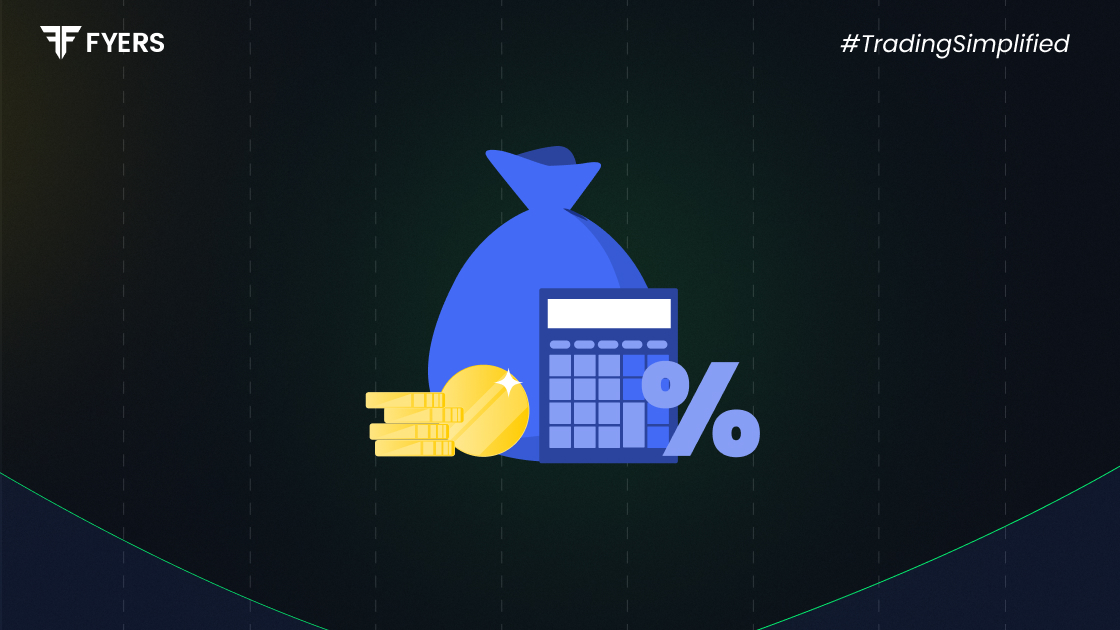

 30 Jun, 2025
30 Jun, 2025
 4 mins read
4 mins read

Whether you're buying a house, a car, or the latest smartphone, chances are you’ve come across the term EMI. Short for Equated Monthly Instalment, it is one of the most widely used repayment methods for loans in India. But what is EMI exactly, how does EMI work, and how do you calculate it?
Let’s simplify everything you need to know about EMIs - from meaning and formula to features, benefits, and smart repayment tips.
EMI, or Equated Monthly Instalment, is a fixed monthly payment made by a borrower to a lender to repay a loan over a specific period. It includes two components:
Principal: The actual amount borrowed.
Interest: The cost of borrowing the principal.
Over the loan tenure, the EMI remains constant (unless it's a floating-rate loan), but the proportion of principal and interest changes - this structure is typically known as the reducing balance method.
When you take a loan, you don’t repay the entire amount at once. Instead, you repay it gradually in monthly chunks. In the early stages of the loan, a larger portion of the EMI goes toward interest, while later EMIs contribute more toward principal repayment.
This makes expensive items like homes, cars, and gadgets more affordable, especially for salaried individuals.
To manually compute an EMI, use the following EMI calculation formula:
| EMI = [P × R × (1 + R)^N] / [(1 + R)^N – 1] |
Where:
P = Loan amount (Principal)
R = Monthly interest rate = (Annual interest rate ÷ 12 ÷ 100)
N = Loan tenure in months
Example:
Suppose you take a loan of ₹5,00,000 at an annual interest rate of 10% for 5 years (60 months).
R = 10 ÷ 12 ÷ 100 = 0.00833
N = 60
P = ₹5,00,000
Your EMI will be approximately ₹10,623.
Tip: Use an online EMI calculator to make this process easier and faster.
Some essential features of EMI include:
Fixed monthly outflow: Makes budgeting predictable and manageable.
Flexible tenure: You can choose a shorter or longer repayment term.
Fixed vs floating rates: EMIs can be based on either fixed or variable interest rates.
Prepayment options: Most lenders allow part or full prepayment to reduce overall interest.
Penalties on default: Late or missed payments attract fees and harm your credit score.
Here are the key advantages of EMI for Indian borrowers:
Affordability: Enables you to buy big-ticket items without draining savings.
Financial planning: Easy to plan monthly budgets.
Credit score improvement: Timely EMI payments boost your creditworthiness.
Tax benefits: In home loans and education loans, you can claim tax deductions on the interest component.
Access to assets: EMIs make real estate, vehicles, and even smartphones accessible.
Different loan products use the EMI repayment model. The most common types of EMI-based loans are:
Home Loans: Long tenure, tax-deductible interest, often with floating interest rates.
Personal Loans: Unsecured, shorter tenures, used for travel, weddings, or emergencies.
Car Loans: Secured loans for purchasing vehicles.
Consumer Durable Loans: Used to finance electronics, home appliances, and gadgets.
Education Loans: Helps students finance higher education; repayment may start after a moratorium period.
EMIs can either support or strain your finances, depending on how you manage them. Here are a few smart tips:
Borrow within limits: Don’t let EMIs exceed 40–50% of your net monthly income.
Compare interest rates: Even a 1% lower rate can save you thousands.
Avoid multiple loans: Too many EMIs can lead to a debt trap.
Automate payments: Use standing instructions to avoid missing due dates.
Maintain an emergency fund: To cover EMIs during job loss or medical emergencies.
Flat - Rate EMI: Interest is charged on the entire loan amount throughout the tenure.
Understanding what is EMI, how it works, and how to calculate EMI can empower you to borrow wisely. Whether you’re taking a loan for a home, a car, or education, EMIs make large purchases more accessible and manageable. However, always borrow within your means and maintain discipline in repayments to avoid financial stress.
EMI stands for Equated Monthly Instalment—a fixed monthly payment that includes both the loan principal and interest.
EMIs are a good option if used responsibly. They allow you to access credit without straining your savings. But over-borrowing or missed payments can hurt your financial health.
In flat-rate EMIs, interest is calculated on the full loan amount. In reducing-balance EMIs, interest is calculated only on the remaining balance—resulting in lower total interest.
Use the EMI formula provided or try an EMI calculator online for quick results.
Calculate your Net P&L after deducting all the charges like Tax, Brokerage, etc.
Find your required margin.
Calculate the average price you paid for a stock and determine your total cost.
Estimate your investment growth. Calculate potential returns on one-time investments.
Forecast your investment returns. Understand potential growth with regular contributions.